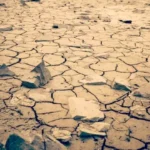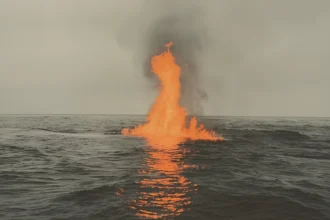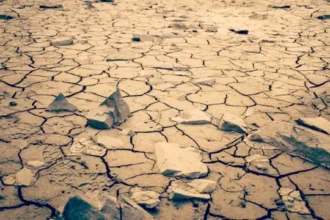What happens when a region known for its cool mountain air suddenly faces desert-like heat? Kashmir is experiencing exactly this alarming situation right now, according to reports from GreaterKashmir.
Understanding the Temperature Crisis
The current heatwave has pushed temperatures to dangerous levels across Jammu and Kashmir from May 23 to 31, 2025. Weather experts have recorded temperatures ranging from a relatively mild 23°C in some areas to a scorching 38.2°C in others.
The most concerning reading comes from Srinagar, Kashmir’s main city, which hit 33.2°C – that’s 7.8 degrees higher than what people normally expect this time of year. To understand why this matters, imagine if your hometown suddenly became as hot as a place hundreds of miles south.
This isn’t just uncomfortable weather – it represents a significant departure from normal that affects everything from daily life to regional ecosystems.
Health Emergency Unfolding
The human cost of this extreme heat is becoming increasingly clear through multiple health reports. A senior health official has observed early signs of heat stress among at-risk populations, particularly children and elderly people.
- Hospital admissions for heat-related illnesses have skyrocketed by over 200% between 2020 and 2025, showing this isn’t just a one-time problem
- Dehydration cases are flooding medical facilities as people’s bodies struggle to cope with unexpected heat in a region where air conditioning isn’t common
- Heat exhaustion and sunstroke incidents are rising because residents aren’t prepared for such temperatures in their mountain homeland
Why This Matters for Kashmir
Kashmir’s unique geography makes this heatwave particularly problematic. The region’s high-altitude areas and valley locations normally provide natural cooling, but climate conditions are overwhelming these protective features. The timing is especially concerning because May typically brings mild spring weather, not summer-like heat. This early arrival of extreme temperatures suggests shifting climate patterns that could become the new normal.
Official Response and Guidance
Multiple authorities are taking coordinated action to protect residents. The Disaster Management Authority is monitoring conditions while health officials issue specific guidance for staying safe:
| Health Advisory | People should avoid direct sunlight during peak afternoon hours and drink water regularly |
| Agricultural Warning | Farmers must protect their livestock and crops from heat damage |
| Weather Forecast | Temperatures may rise another 1-3°C with possible brief afternoon rains |











